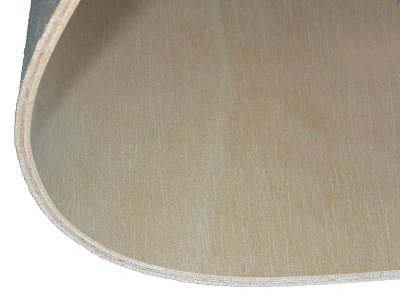As you have a vac press rather than a vac bag it's relatively easy to veneer both faces of the ground at the same time, so I can't see any good reason not to do so. That would minimise the chance of the panels developing warpage due to imbalance. It would also save time because you veneer two faces per pressing. All you need is something like an MFC base board with a series of narrow and shallow slits that just penetrate the melamine face upon which you lay a sheet of veneer. Then apply glue with a hopper type roller to the ground and drop that on the veneer. Glue the other side of the ground, lay the other sheet of veneer on to that, put a protective piece of slitted MFC on top (to protect the exposed edge of the overhanging veneer), drop and lock the folding top and switch on. The slits in the MFC boards, in case you don't know, are to encourage air movement during creating the vacuum.
As to adhesive, assuming little or no contact with water, a PVA type should work fine, although Titebond, for example have a cold press for veneer formulation which has a somewhat extended open time which can be useful. Airpress in Salisbury also sell adhesive spreaders, veneer friendly adhesives as well as vac bags and presses. Slainte.





